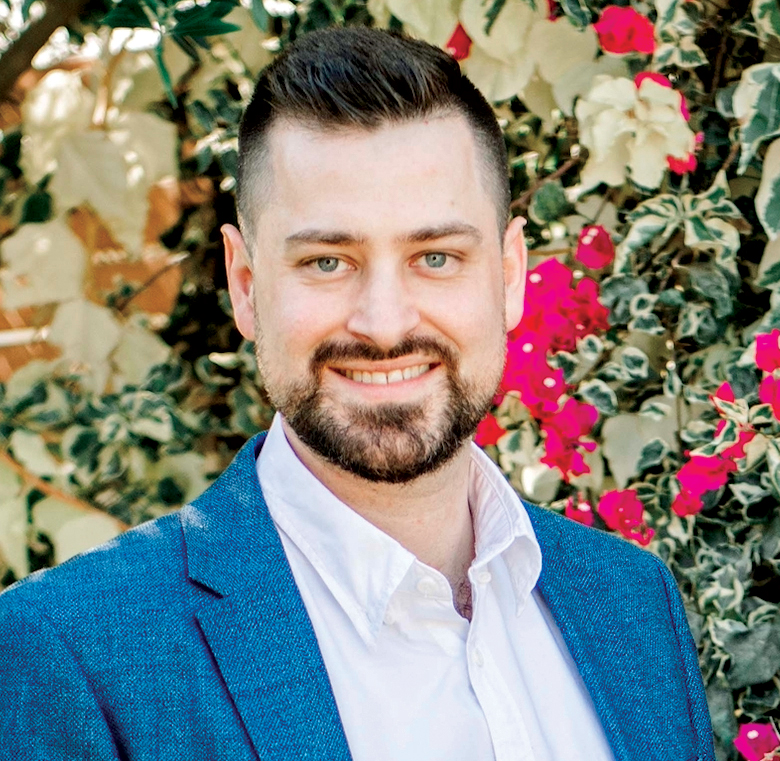Psychedelics are psychoactive substances that profoundly alter mood, cognition and perception. They include a diverse group of plant and fungus-derived compounds and, in the modern era, synthetic derivatives.

Psychedelics have been used since prehistory in traditional cultural practices, ceremonies and as medicines. Founders of the modern psychedelic movement include Albert Hofmann, who discovered LSD and first isolated psilocybin, and Dr Stanislav Grof, who conducted early research into LSD and introduced psychedelic-assisted psychotherapy (PAP).
The association of drug use with the counter-culture movement during the Vietnam War led to socio-political demonisation of drug use, prohibition, and the ‘War on Drugs’. Unfortunately, this stifled clinical research into psychedelics.
Recent studies are renewing enthusiasm for psychedelics as medicines, in an era of diminishing pharmaceutical company investment in the neurosciences amidst a mental health pandemic. There are over a hundred trials underway, including at prominent institutions (Johns Hopkins and Imperial College). The US FDA has designated psilocybin and MDMA as ‘breakthrough therapies’ for depression and PTSD, respectively.
In February 2021, the Australian Government announced the establishment of a $15 million research fund, an internationally unprecedented show of support from government for psychedelic research.
The Therapeutic Goods Administration voted against the down-scheduling of psilocybin and MDMA from Schedule 9 (Prohibited Substance) to Schedule 8 (Controlled Drug) last February due to the need for further research, lack of an established implementation plan and safety concerns, particularly the risk of psychosis in vulnerable individuals. This decision is currently under review after release of new trial results.
Classification and Mechanisms
Psychedelics are often categorised into ‘classical’ 5HT-2A agonists (psilocybin from ‘magic’ mushroom species, lysergic acid diethylamide [LSD] and dimethyltryptamine [DMT] from ayahuasca), atypical psychedelics (ibogaine from the iboga plant, mescaline from the peyote cactus, ketamine) and the empathogens, including 3,4-methylenedioxymethamphetamine (MDMA).
Psychedelics cause marked functional and structural changes in the brain. They act through heterogeneous mechanisms including actions on monoaminergic, glutamatergic and other neurotransmitter pathways, secondary messengers, the endocrine system, as well as alterations in neurogenesis, synaptic plasticity and activity in functional networks.
The RElaxed Beliefs Under psychedelicS (REBUS) model, from Dr Robin Carhart-Harris, proposes that psychedelics ‘relax’ normally fixed neural pathways, thus derestricting the normally stable but inflexible nature of spontaneous brain activity. This enables the weakening and revision of overweighted pathological ‘priors’ or beliefs, for example those present in certain mental illnesses such as depression and anxiety, aiding insight and change through ‘unconstrained cognition’.
Functional MRI research has indicated that psilocybin decreased activity and connectivity in the Default Mode Network (DMN), a large, distributed functional network, mainly active during the resting state. Interestingly, the DMN is considered by some to be a neural correlate of ego.
Psychedelic experiences are often described as amongst the most profound experiences of participants’ lives. The ‘integration’ of psychedelic experiences with psychotherapy is considered a critical element for therapeutic effectiveness. Themes described in qualitative studies include transcendental experiences, increased feelings of acceptance and connectedness, insights and altered perception of self and the world, expanded emotional spectrum and symptom relief.
Clinical scenarios
Psychedelic-assisted psychotherapy (PAP) may be a helpful treatment modality for a range of conditions, including end-of-life distress, depression, PTSD, and substance use disorders. The strongest results so far are seen with MDMA in PTSD, psilocybin in depression and end-of-life anxiety, and LSD for alcohol use disorder. Only one serious adverse event (reversible hypertension and tachycardia with MDMA) in over 150 recent trials and 4000 participants has been observed.
Used in clinical settings, there is no evidence of addiction. Psychosis and hallucinogen-persisting perception disorder characterised by flashbacks or visual disturbances after using psychedelics appear to be rare. Nevertheless, researchers and clinicians agree that psychedelics should be avoided in those with a personal or family history of psychosis or bipolar disorder. Ibogaine has been associated with rare deaths, perhaps secondary to arrhythmias.
Socio-political and clinical interest in psychedelics is growing rapidly. High rates of mental illness and treatment-resistance increases the urgency to develop innovative treatments and clinical care models. PAP may be an important tool in managing a range of mental disorders within the next 5-10 years. More research, clinician education, the development of international frameworks and guidelines, and health service restructuring are essential for safe clinical implementation.
Author competing interests – nil

